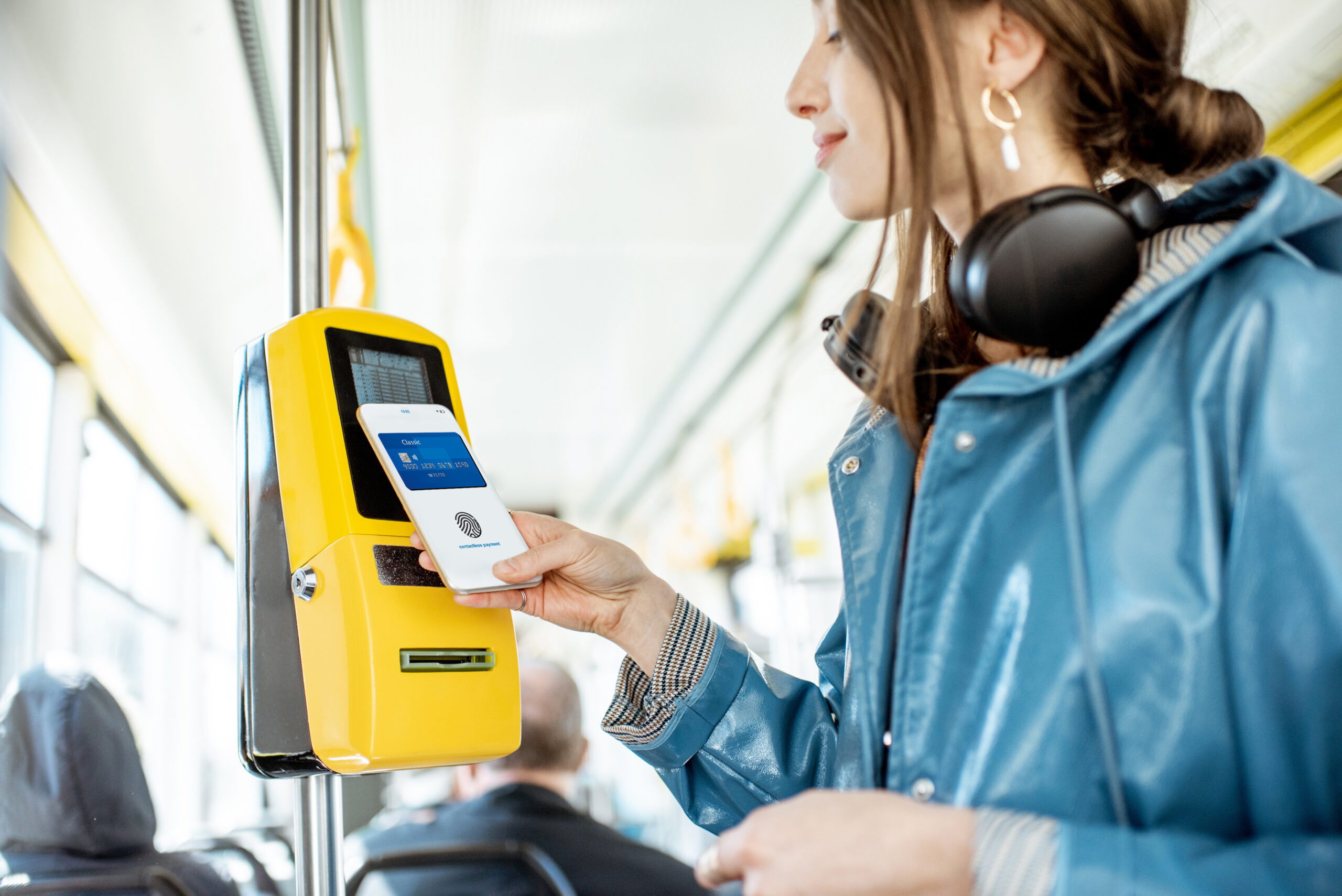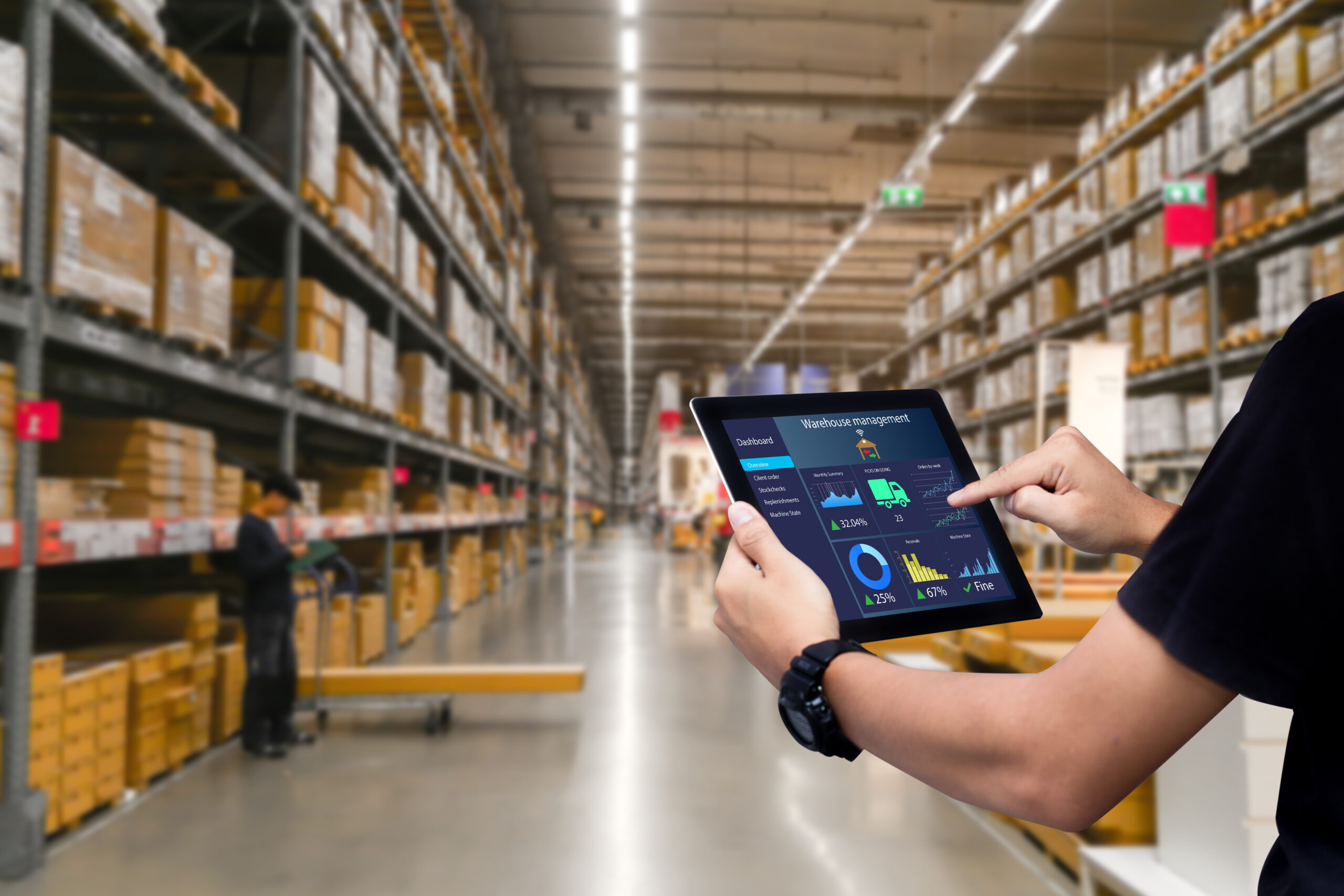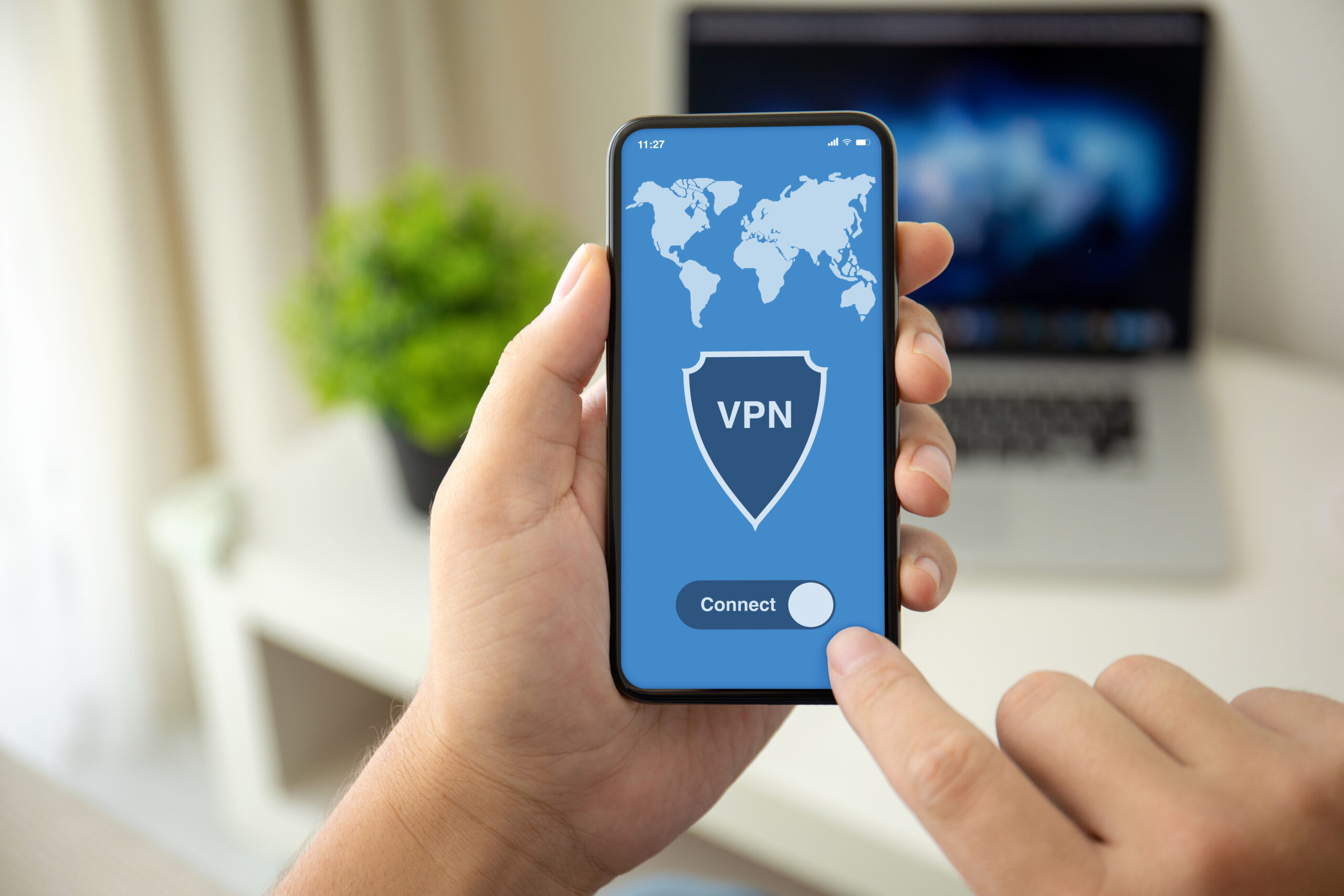Technology Trends to Embrace During the 2020 Holiday Season

The worldwide pandemic has had a major effect on almost everyone. Aside from the fear of the virus, the biggest challenge for many has been missing friends and family and the ability to gather to celebrate birthdays, weddings, births, and other milestone moments. Because of this, the holiday season may be more important this year than ever before, as it gives people the opportunity to build new traditions in their homes and to remain close to their loved ones by buying and sending gifts. With the new normal of social distancing and safety precautions among shopping and travel, 96 percent of retailers are expecting their online holiday sales to increase1 and will rely on technology trends to deliver on customer needs.
Consumers are not only embracing e-commerce more frequently for health concerns, but for ease of use. According to the National Retail Federation’s 2020 Consumer Holiday Survey, 60 percent of shoppers are planning to purchase holiday gifts, decorations, and even food items online this year. In total, these consumers are planning to spend close to $1,000 on average.
These trends are expected to continue throughout the upcoming holiday season and beyond the pandemic. In 2020, U.S. consumers spent an estimated $709.78 billion, up from $586.92 billion in 20192.
To meet customer demand, businesses should go where their customers are and embrace technology that is used to create a seamless experience and keep data secure. Within the hospitality, tourism, retail, and food industries, the following technologies will help business compete during this unprecedented time and beyond:
Mobile Payment & Customer-Facing Apps

For travelers during the 2020 holiday season, health and safety concerns are higher than normal due to the pandemic, so using technology that requires fewer face-to-face touchpoints can help guests feel more comfortable.
Providing easy to use and secure mobile payment options will make it more convenient for your customers to shop and for you to make a profit. With this comes the concern of data security, but rest assured, mobile payment as described below is just as safe, if not more so than traditional debit and credit card payments.
Experts explain that mobile wallets use encryption and tokenization to mask payment card account numbers. These security technologies make private information only visible to the sending and receiving parties. If that doesn’t ease enough worry, a recent study by Pew Trusts found that only 2 percent of mobile payment users experienced an issue with a mobile transaction in 20193.
Another way to give customers a quick and personal experience is by using text, an app-based customer service platform. Many companies are using chatbots to provide 24/7 access to a help desk for shoppers or even a virtual concierge for hotel guests.
For the hospitality industry, mobile check-in has become commonplace among major brands. By combining mobile check-ins with the newer trend of digital room keys, hotels can provide the guest with a completely touchless experience during the pandemic and upcoming holiday season. Take that a step further with mobile apps that provide in-room access to room service or connect to speedy wi-fi and entertainment systems, and the guest’s experience can become almost completely mobile-based.
The same goes for retail and restaurants. By providing mobile reservations, menus, and payment, diners and shoppers can have the same experience they are looking for while feeling a bit safer.
Big Data/Artificial Intelligence

Every shopper, guest and consumer can be overwhelmed by the amount of content they take in each day. Whether it be through social media, television, the apps on their phone or just through conversation, we receive over 285 pieces of information a day4. Companies who embrace using big data and machine learning to provide a customized and individual experience while consumers shop or plan for the upcoming holiday season will see an increase in sales and interaction from their targeted customers.
In addition, the use of technology that works with experience intelligence, businesses can use the resulting data to improve their products or services and ultimately improve the customer experience. Even better, insights from the data may trigger innovative ideas or solutions for the future.
Automated Inventory Management Technology

When shopping increases during the holidays, businesses must keep up with the inventory moving in and out of their stores quickly and frequently. Using computer-based tracking and tracing technologies, employees can better provide accurate information to their customers and better estimate the time it will take for their product to land on the buyer’s front porch.
In addition, inventory management systems may include the use of automated identification and data capture (AIDC) technologies, including radio-frequency identification (RFID) chips. This technology usually involves wireless frequencies that can respond to any signal without verification, which might become a security concern. To take advantage of these advanced technologies to provide an efficient experience but still maintain secure data, businesses should frequently monitor their operating systems and maintain secure firewall systems, updated anti-virus systems and depend on safer network systems like Virtual Private Networks (VPN)5.
VPNs & Multi Factor Authentication

Internet fraud increases about 30 percent during the winter holiday season compared to other times of the year6. With $72 billion being spent online between November and December alone, companies must be even more aware of how to protect their data and their customer’s personal information during the holidays.
That security begins with your IT team having complete control over where their data resides and encrypting what is important.
To ensure data security, providing employees a VPN or personal hotspot is much more secure than leaving it up to them, especially with the increase in remote work, during the holidays when people may be traveling and have to connect to public networks in order to get work done.
In addition, companies should almost always use multi-factor authentication to access important information so there’s another layer of protection beyond a password. Requiring multi-factor authentication on the customer side of business will also give them the reassurance that their privacy matters and will build a level of trust with your brand.
1 National Retail Federation, October 2020, https://nrf.com/media-center/press-releases/consumers-prioritize-spending-family-friends-ahead-holiday-season
2 eMarketer, https://www.emarketer.com/content/us-ecommerce-2019
3 Pew Trust, October 2019, https://www.pewtrusts.org/en/research-and-analysis/issue-briefs/2019/10/are-americans-embracing-mobile-payments
4 Adweek, https://www.adweek.com/performance-marketing/social-media-overload/
5 Wisdom Plexus, https://wisdomplexus.com/blogs/rfid-security-privacy-issues/
6 Business2Community, https://www.business2community.com/cybersecurity/4-tips-for-keeping-your-website-secure-this-holiday-season-02254250



